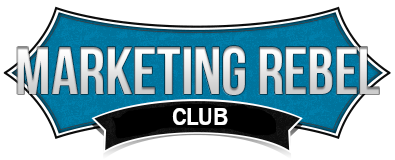Power Reading: How to read any book efficiently and effectively
This is going to be based on “How to Double Your Power to Learn” by Eugene Schwartz. I have looked into several “speed reading” courses over the last several years and this seems to be the simplest to learn yet very effective. I will be explaining the approach he suggests, but I will be emphasizing the points that I think are the most important. I would suggest that you get your own copy of the book so you can get the full experience.
This lesson... along with a vast library of small business marketing lessons and training programs...
...plus a private Facebook-like chat stream where you can get answers to all of your
questions about marketing tools and techniques, small business growth, and life as an entrepreneur...
... is only available to members of the
Marketing Rebel Insiders Club.
You can access all of this immediately for less than $1 per day.
You will receive full access and all of the privileges of membership...
... so you can learn for yourself why our members love this online club so much...
... and why they don't invest in marketing tools or strategies without first checking in with The Club.
Click Here to start your membership today.
We'll see you on the inside...
Stan Dahl & The Marketing Rebel Team
